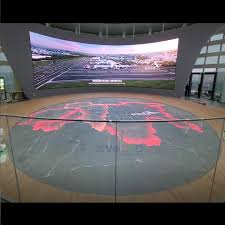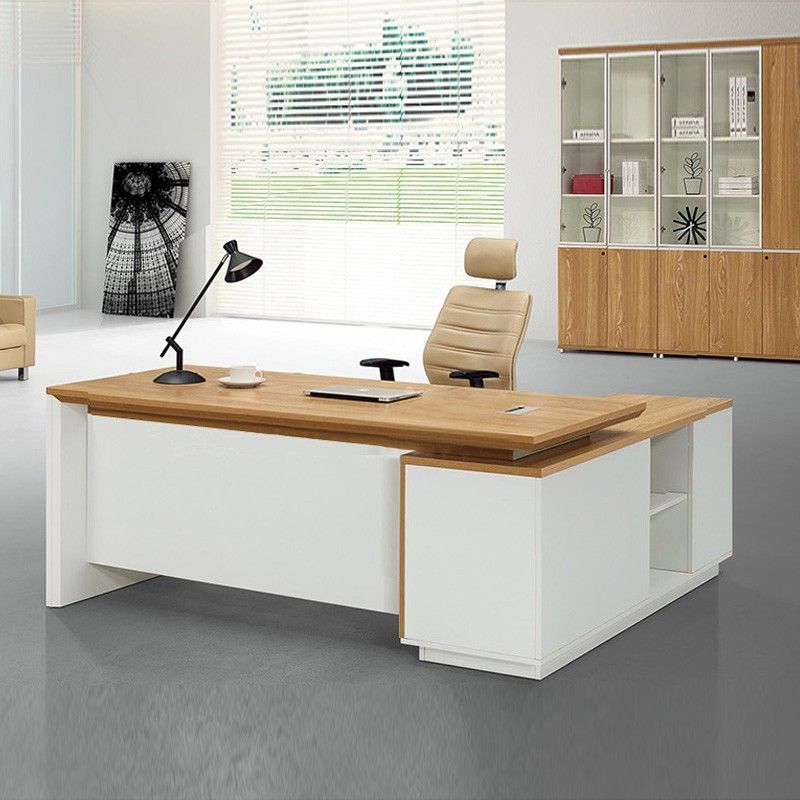Introduction
Flexible led display screen are revolutionizing the world of digital visuals by offering adaptable, innovative, and high-quality display solutions. Unlike traditional rigid screens, flexible led display screen can bend, curve, and conform to various surfaces and shapes, making them ideal for a wide range of applications. This guide delves into the technology, uses, and market trends associated with flexible led display screen.
What is a Flexible LED Display Screen?
A flexible led display screen is a type of LED panel designed to bend and shape according to different requirements while maintaining its functionality and image quality. These screens utilize light-emitting diodes (LEDs) mounted on flexible substrates, allowing them to be used in a variety of dynamic and creative ways.
Key Features:
- Flexibility: The ability to bend and curve without losing display quality, which opens up new possibilities for creative design.
- High Resolution: Delivers sharp, clear images and videos, even on non-flat surfaces.
- Durability: Constructed to endure physical stress and environmental factors, ensuring longevity.
- Versatility: Applicable for indoor and outdoor environments, accommodating a range of display needs.
Technology Behind Flexible led display screen
The technology of flexible led display screen involves several sophisticated components:
- Flexible Substrates:
- Materials: Utilizes flexible materials such as plastic or metal foils that allow the display to bend without damage.
- Advantages: Provides lightweight and adaptable screens that can fit irregular or custom shapes.
- LED Technology:
- High-Brightness LEDs: Ensures vibrant colors and high visibility.
- Pixel Density: High pixel density for detailed and crisp visuals, even on curved surfaces.
- Flexible Circuitry:
- Printed Circuit Boards (PCBs): Employs flexible PCBs that enable the display to function correctly while being bent or shaped.
- Integration: Ensures seamless operation of the screen’s electronic components.
- Protective Coatings:
- Durability: Adds layers to protect the screen from environmental conditions and physical wear.
- Transparency: Maintains high transparency for applications that require see-through displays.
Applications of Flexible led display screen
Flexible led display screen have diverse applications across various sectors:
- Advertising and Retail:
- Creative Displays: Allows for eye-catching and custom-shaped advertisements that conform to store windows or interior walls.
- Interactive Signage: Supports dynamic and interactive advertising solutions that attract customer attention.
- Architecture and Design:
- Building Facades: Integrates with building exteriors to create visually stunning and customizable architectural features.
- Interior Design: Adapts to curved walls and unconventional spaces, enhancing interior aesthetics.
- Entertainment and Events:
- Stage Backdrops: Provides flexible and immersive backdrops for concerts, theater productions, and live events.
- Art Installations: Facilitates artistic displays with flexible configurations and dynamic visuals.
- Automotive:
- Dashboard Displays: Used in car dashboards and interiors to offer flexible, high-resolution information displays.
- Exterior Lighting: Provides innovative and adaptable lighting solutions for vehicle exteriors.
- Wearable Technology:
- Smart Clothing: Embeds into textiles to create flexible and interactive wearable displays.
- Gadgets: Integrates into flexible gadgets and accessories like smartwatches and fitness trackers.
Market Trends for Flexible led display screen
The market for flexible led display screen is evolving rapidly, influenced by several key trends:
- Technological Advancements:
- Improved Flexibility: Advances in materials and manufacturing techniques are enhancing the flexibility and performance of LED screens.
- Higher Resolution: Increasing pixel density and resolution for better image quality on flexible surfaces.
- Cost Efficiency:
- Reduced Costs: As production scales up and technology improves, costs for flexible LED screens are decreasing.
- Affordable Solutions: Development of cost-effective options for various applications.
- Growing Adoption:
- Diverse Applications: Expanding use in advertising, architecture, automotive, and wearable technology.
- Customization: Increased demand for tailored and innovative display solutions.
- Sustainability:
- Eco-Friendly Materials: Use of sustainable and recyclable materials in the production of flexible LED screens.
- Energy Efficiency: Focus on developing screens with lower power consumption.
- Smart Integration:
- Connectivity: Integration with smart technologies and connectivity features for enhanced functionality.
- Interactive Features: Development of screens with interactive capabilities and advanced user interfaces.
Conclusion
Flexible led display screen are pushing the boundaries of display technology, offering unmatched versatility and creativity. By understanding the technology, applications, and market trends, businesses and consumers can make informed decisions about incorporating flexible LED displays into their projects. With continuous advancements and expanding uses, flexible led display screen are set to become a key element in the future of digital displays.








